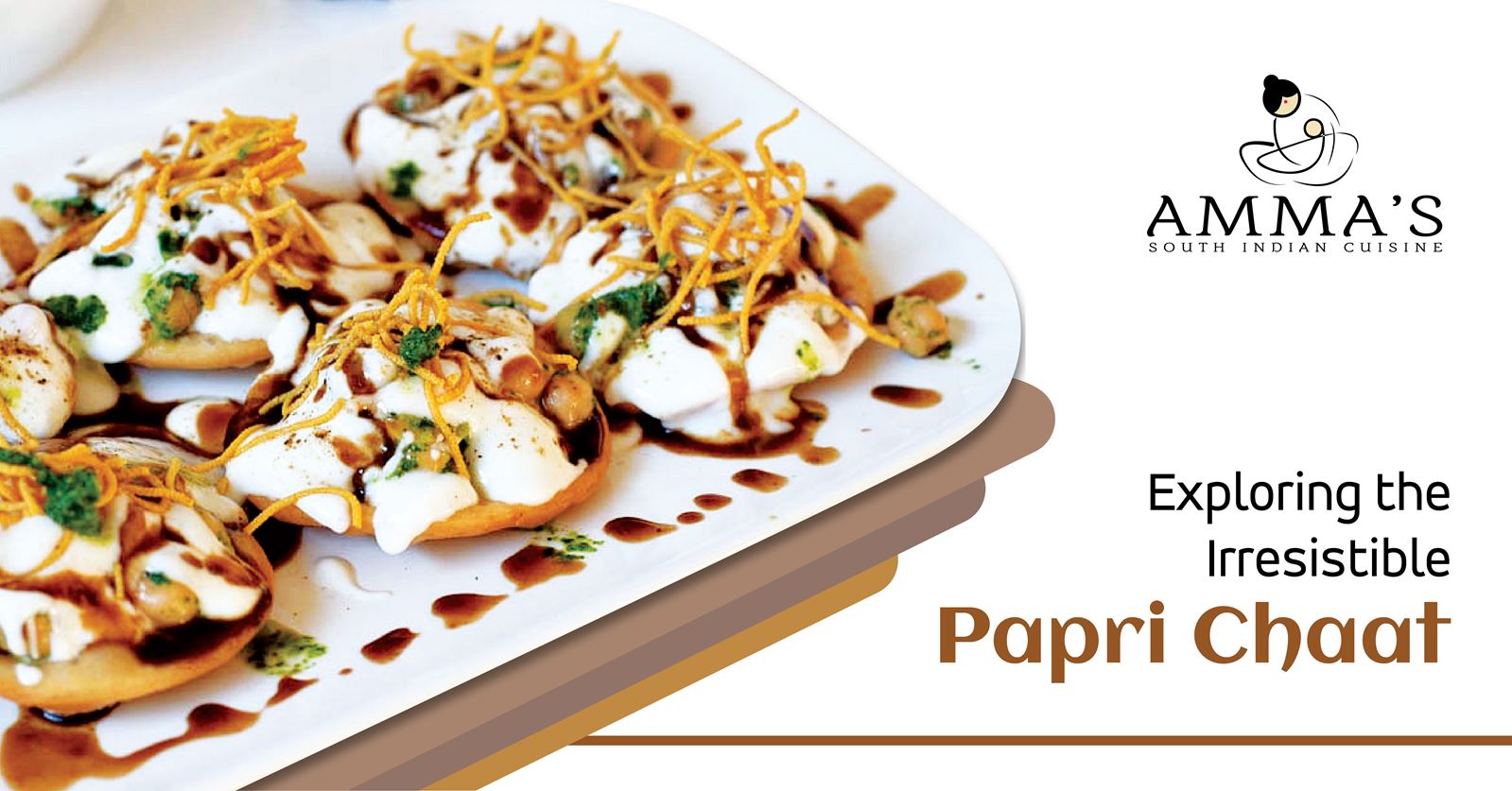
Gobi Manchurian-An Indo-Chinese Fare
At Amma’s South Indian Restaurant, one of the dishes offered is an Indo-Chinese dish where crispy cauliflower florets are tossed in a spicy, sweet and tangy Manchurian sauce. Yes, it is Gobi Manchurian that goes well with rice or noodles or can also be served alone as an appetizer. It is purely a Vegan dish! Gobi is cauliflower, so for this dish, cauliflower florets are first fried by tossing them in a flour-cornstarch batter which makes them crispy. And then they are tossed in a Manchurian sauce which is made with soy sauce, vinegar and is slightly sweet and tangy. It can be spicier when a lot of hot sauce is added.
This dish can be served in two ways- the dry version and the gravy version. In India, especially in Tamil Nadu, delicious dishes are from Chettinadu and are known as ‘Chettinadu dishes’ which are now popular all over the world. At the same time, one of the dishes from another country that has emerged as a popular Indian street food is Gobi Manchurian. Though it imitates Chinese in the cooking equipment and techniques like shallow frying in a wok, the ingredients have been replaced by commonly found Indian ingredients like onions, green peppers, ginger, combined with some well-known ingredients of Chinese cooking like soy sauce and MSG.
The person who invented Chicken Manchurian is Nelson Wang. He created the dish in 1975 when he was asked to make something not on the menu to cater at the Cricket Club of India. Wang prepared a red sauce with onions, green chilies and garlic, and slapped some vinegar and soy into it. He took cubes of chicken, coated them in corn flour and deep fried them. He then popped the fried chicken dumplings back into the sauce and gave it a quick stir so that the flavors came together and served it with steamed or fried rice. The customers loved it. “Word of mouth” spread the acclaim of this dish and it has now become one of the most popular dishes served in restaurants.
Today, Manchurian is prepared with different kind of vegetables, not just Cauliflower. Vegetable Manchurian is prepared almost on the same lines as Gobi Manchurian except that finely chopped mixed vegetables or sometimes either mushroom or baby corn is used instead of Gobi. In most of the parties the Manchurian balls are served with gravy. There are two versions of Vegetable Manchurian, wet and dry. Made with generous amount of garlic and ginger and flavored with soy sauce and vinegar, the wet Vegetable Manchurian or the gravy version complements steamed white rice and is best when drizzled on a serving of steaming hot rice, fried rice or noodles. The dry Vegetable Manchurian is best served as an appetizer garnished with spring onion greens.
To end at where we began, Gobi Manchurian is a fusion of both the Indian and Chinese cuisine. Order for a plate of Gobi Manchurian at Amma’s South Indian restaurant, and find that its sharp tingle of ginger and garlic is a delight to bite into.




